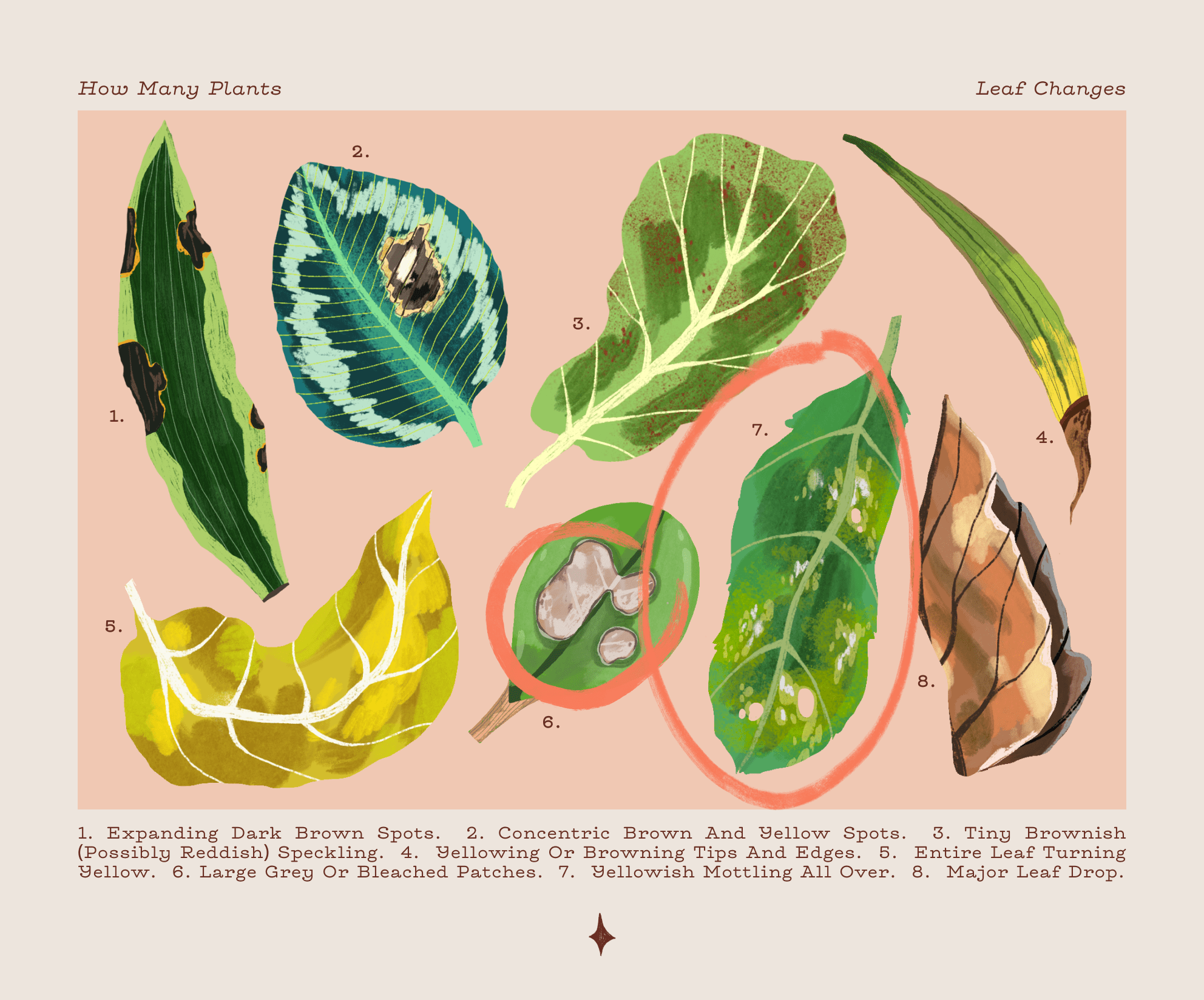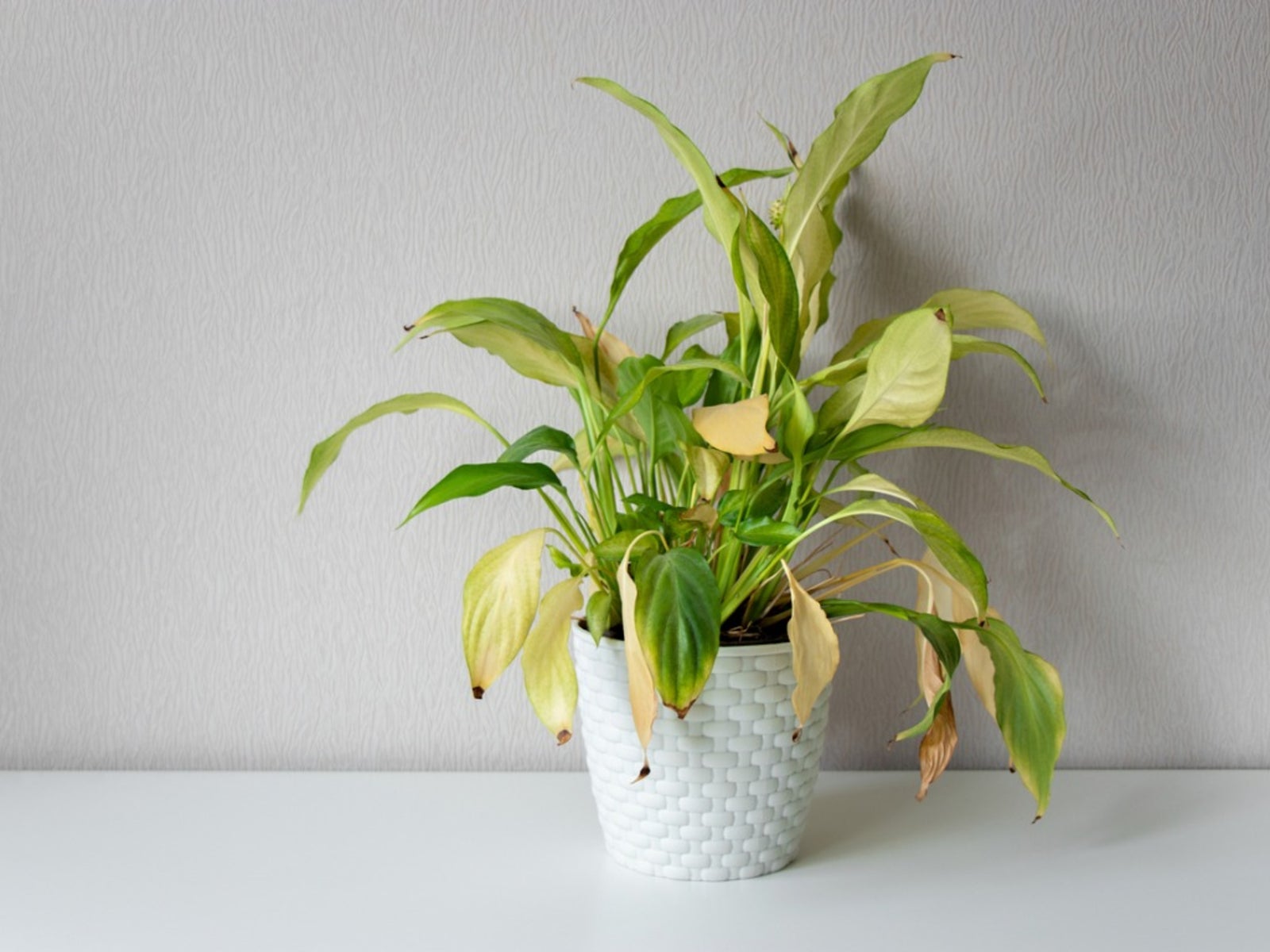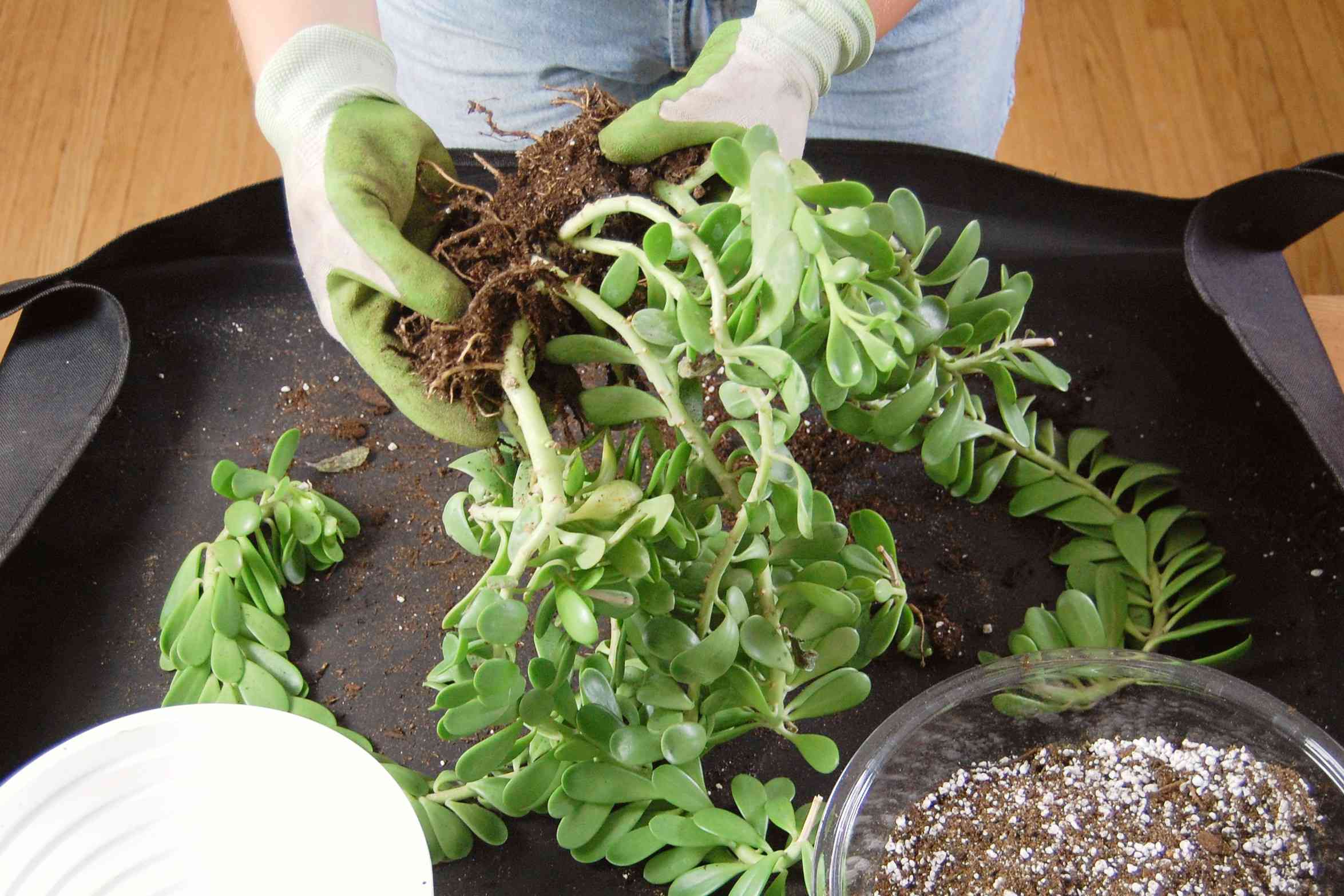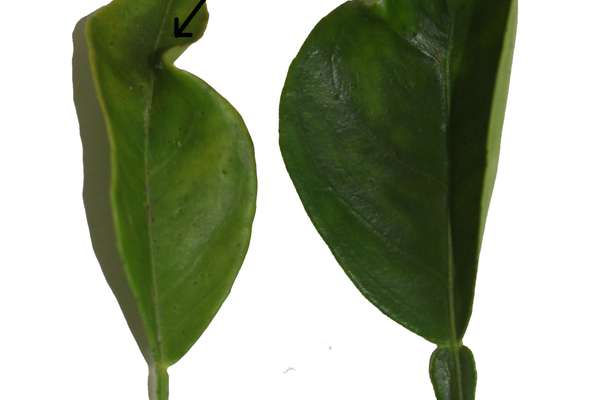What Causes Plants to Develop Brown Streaks?
Have you ever noticed brown streaks on the leaves of your plants and wondered what could be causing them? There are several reasons why plants might develop brown streaks, and it’s important to identify the cause so that you can take the necessary steps to help your plants recover. In this article, we will explore some of the common reasons why plants develop brown streaks and what you can do about it.
1. Overwatering
One of the most common reasons why plants develop brown streaks is overwatering. When plants receive too much water, their roots can become waterlogged, leading to a lack of oxygen and nutrient uptake. This can cause the leaves to develop brown streaks as a result of nutrient deficiencies. To prevent overwatering, make sure to water your plants only when the top inch of soil is dry, and ensure proper drainage in your plant pots.
2. Underwatering
On the flip side, underwatering can also cause brown streaks to develop on plant leaves. When plants don’t receive enough water, they can become dehydrated, causing their leaves to wilt and turn brown. To prevent underwatering, make sure to water your plants regularly and monitor the soil moisture levels. It’s important to strike a balance and water your plants consistently without overdoing it.
3. Nutrient Deficiencies
Another common cause of brown streaks on plant leaves is nutrient deficiencies. Plants require a variety of nutrients to thrive, and when they are lacking in essential nutrients such as nitrogen, potassium, or magnesium, their leaves can develop brown streaks. To address this issue, consider using a balanced fertilizer to provide your plants with the necessary nutrients they need to stay healthy and vibrant.
4. Pests and Diseases
Pests and diseases can also be responsible for brown streaks on plant leaves. Insects such as spider mites, aphids, and thrips can damage plant tissue, leading to the development of brown streaks. Additionally, fungal and bacterial diseases can cause discoloration and streaking on leaves. To prevent pests and diseases, regularly inspect your plants for any signs of infestation and treat them promptly with appropriate pesticides or fungicides.
5. Environmental Stress
Environmental stress factors such as extreme temperatures, harsh sunlight, or poor air circulation can also contribute to the development of brown streaks on plant leaves. When plants are exposed to unfavorable conditions, they can become stressed and exhibit symptoms such as leaf discoloration and streaking. To minimize environmental stress, provide your plants with adequate sunlight, water, and air circulation, and avoid exposing them to extreme temperature fluctuations.
6. Chemical Exposure
Chemical exposure from pesticides, herbicides, or fertilizers can also cause brown streaks to develop on plant leaves. Improper application or excessive use of chemicals can damage plant tissue and lead to discoloration and streaking. To prevent chemical exposure, always follow the instructions on product labels and apply chemicals at the recommended rates. Consider using organic or natural alternatives to minimize the risk of chemical damage to your plants.
7. Root Rot
Root rot is another common cause of brown streaks on plant leaves. This fungal disease affects the roots of plants, preventing them from absorbing water and nutrients effectively. As a result, the leaves may develop brown streaks or turn yellow and wilt. To prevent root rot, ensure proper drainage in your plant pots and avoid overwatering. Remove any affected plants and replace the soil to prevent the spread of the disease.
8. Genetic Factors
In some cases, brown streaks on plant leaves may be due to genetic factors or inherent traits of the plant. Certain plant varieties are more prone to developing brown streaks due to their genetic makeup, and there may not be much you can do to prevent it. However, you can still provide optimal growing conditions and care for your plants to mitigate the effects of genetic factors and help them thrive despite any predispositions.
In Conclusion
Overall, there are several reasons why plants might develop brown streaks on their leaves, ranging from overwatering and underwatering to nutrient deficiencies, pests, diseases, environmental stress, chemical exposure, root rot, and genetic factors. By identifying the cause of the brown streaks and taking appropriate action, you can help your plants recover and thrive. Remember to monitor your plants regularly, provide them with the care they need, and address any issues promptly to ensure their health and vitality.



